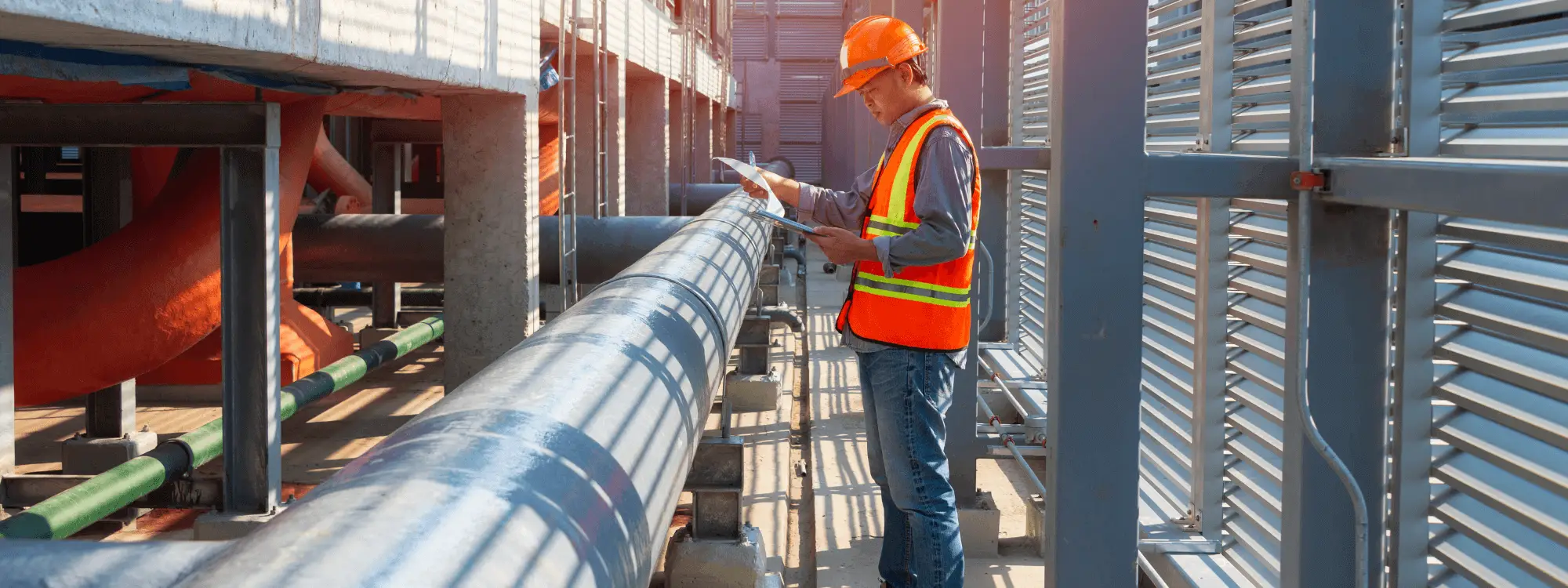
How to Start Your Career in Design Engineering
Starting a career in Design Engineering opens the door to a world of innovation, where creativity meets problem-solving to shape the future. Design Engineers create solutions, turning ideas into tangible outcomes. If you’re ready to enter a dynamic field that blends technical expertise and design skills, follow our step-by-step guide to kickstart your journey in the UK and secure design engineering jobs.
1. Get the Right Education and Skills
A strong educational foundation is your launchpad. Pursue an engineering degree in areas such as mechanical, electrical, civil, or product design. Hands-on experience with computer-aided design (CAD) software is essential. It allows you to translate concepts into precise, workable designs. These skills are critical for success in design engineering jobs and wider engineering roles.
2. Build Practical Experience
Experience often beats theory. Seek internships, apprenticeships, or hands-on projects during your studies. Real-world exposure develops problem-solving skills and provides stories to share in interviews. Early experience also helps you start building a professional portfolio - a must-have when applying for entry-level design engineering roles.
3. Create a Standout Portfolio
Your portfolio is your personal showcase. Include a variety of projects, from CAD designs and prototypes to completed solutions. Each piece should highlight your creativity, attention to detail, and technical ability. Employers in engineering and design engineering jobs want to see not just what you’ve done but how you think.
4. Network Strategically
Networking is a fast-track to opportunities. Attend industry events, workshops, and career fairs. Build genuine connections with professionals in design engineering recruitment, and consider finding a mentor. Experienced mentors can provide guidance, open doors, and accelerate your career progression.
5. Target Entry-Level Roles
Breaking into the field doesn’t mean settling. Focus on entry-level engineering roles and design engineering jobs that align with your career goals. Whether you want to work in tech innovation, infrastructure projects, or product development, these roles help you gain exposure, build skills, and progress toward senior positions.
6. Stay Ahead with Continuous Learning
Design Engineering evolves quickly. Keep your skills sharp with certifications such as:
- Certified SOLIDWORKS Professional (CSWP)
- Autodesk Certified Professional (ACP)
- Chartered Engineer (CEng) status
Continuously learning about new technologies, tools, and methodologies ensures you remain competitive in engineering and design engineering jobs.
7. Seek Professional Development
Growth doesn’t stop at landing a role. Take on challenging projects, explore niche software, or attend conferences to deepen your expertise. Postgraduate studies and upskilling opportunities allow you to specialise and stand out in the design engineering job market.
Expert Insight
Lucie Spooner, Design Engineering Recruiter at Matchtech:
“Design Engineers hold the keys to shaping the future, both creatively and technically. Building a solid foundation, embracing challenges, and staying curious will not only help you excel but also allow you to create solutions that make a lasting impact across industries. These steps are essential for anyone looking for engineering or design engineering jobs.”
Final Thoughts
Starting a career in Design Engineering is an exciting journey into real-world problem-solving. With the right education, practical experience, and networking, you’ll be ready to seize opportunities in design engineering jobs. This isn’t just about landing a role—it’s about building a career that evolves with your skills and aspirations.
Explore the latest design engineering jobs or learn more about how Matchtech supports engineering graduates and career growth in design-focused roles.



